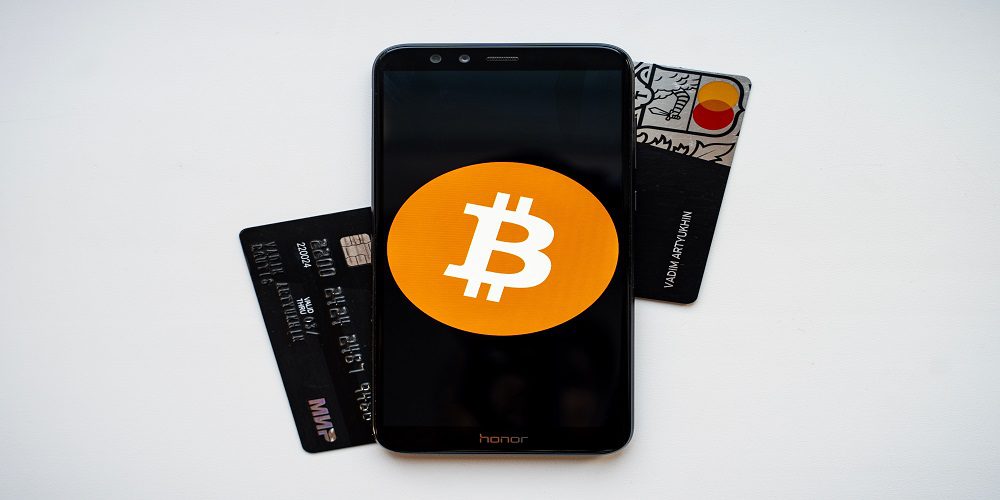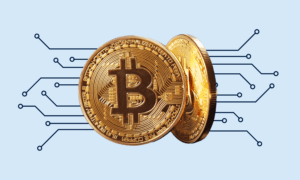Introduction
In the realm of cryptocurrency and blockchain technology, one of the fundamental processes for many individuals is transferring money from a traditional bank account to a blockchain wallet. This action allows users to engage in various transactions and investments in the digital currency space. Here, we’ll delve into the step-by-step process of adding funds from your bank account to a blockchain wallet, discussing the essentials, benefits, and various methods to seamlessly make this transition.
Understanding the Basics: Blockchain Wallet and Its Functionality
A blockchain wallet is a digital wallet that allows users to store and manage cryptocurrencies. It operates on blockchain technology, which is a decentralized, distributed ledger that records all cryptocurrency transactions across a network of computers. Blockchain wallets facilitate the sending and receiving of cryptocurrencies, storing private keys securely, and providing a user interface for managing assets.
Why transfer funds from a bank account to a blockchain wallet?
The transition from a bank account to a blockchain wallet offers various advantages, including:
Access to Cryptocurrencies: Enables the purchase and management of cryptocurrencies such as Bitcoin, Ethereum, or other digital assets.
Decentralization and Security: Blockchain wallets provide greater security as they operate on decentralized networks, making them less vulnerable to hacks and fraudulent activities.
Global Accessibility: It allows for seamless transactions across borders without the need for intermediaries, reducing transaction costs and time.
Step-by-Step Guide: Adding Money from Your Bank to a Blockchain Wallet
1. Choose a Reputable Blockchain Wallet:
Select a reliable blockchain wallet that supports the cryptocurrencies you wish to store or trade. Popular choices include Coinbase, Binance, and Ledger. Sign up and complete the necessary verification steps.
2. Link your bank account:
In your chosen blockchain wallet, navigate to the section for adding funds or deposits. Look for the option to link your bank account. Follow the prompts to connect your bank account to the wallet. You’ll likely need to provide your bank details and authenticate the connection.
3. Verify Your Identity:
Most platforms comply with Know Your Customer (KYC) and Anti-Money Laundering (AML) regulations. Therefore, be prepared to verify your identity by providing identification documents, such as a driver’s license or passport.
4. Deposit Funds from Your Bank:
Once your bank account is linked and verified, proceed to deposit funds into your blockchain wallet. Enter the desired amount and select your bank account as the source. Follow the instructions provided by the platform to complete the transfer.
5. Confirm and track the transaction:
After initiating the transfer, you’ll receive a confirmation. Monitor the transaction status within your blockchain wallet. Transactions may take a few business days to process, depending on your bank and the blockchain platform.
Alternative Methods for Adding Funds to Blockchain Wallets
Apart from direct bank transfers, several other methods exist to add money to a blockchain wallet:
1. Debit/Credit Card:
Many blockchain wallets support the direct purchase of cryptocurrencies using debit or credit cards. This method provides immediate access to funds and is relatively straightforward.
2. Peer-to-Peer Transactions:
Platforms also allow peer-to-peer transactions where users can buy or sell cryptocurrencies directly to or from other users. This method offers flexibility in payment methods and often quicker transaction times.
3. Cryptocurrency ATMs:
In some regions, cryptocurrency ATMs enable users to purchase and transfer cryptocurrencies by depositing cash directly into the machine.
Best Practices and Considerations
Security Measures: Implement robust security practices, such as enabling two-factor authentication, using hardware wallets, and avoiding sharing private keys.
Transaction Fees and Timelines: Different platforms may have varying transaction fees and processing times. Consider these factors when choosing the method to add funds.
Stay Informed: Cryptocurrency markets are volatile, so it’s essential to stay informed about market trends and understand the risks associated with investing in cryptocurrencies.
Conclusion
Transferring money from a bank account to a blockchain wallet is a pivotal step for individuals entering the cryptocurrency space. Understanding the process, selecting a reliable blockchain wallet, and choosing the most suitable method for adding funds are crucial aspects of ensuring a smooth transition. By following the steps and considering the alternatives and best practices, users can confidently navigate the process of integrating their traditional finances with the innovative world of blockchain technology and cryptocurrencies.



































